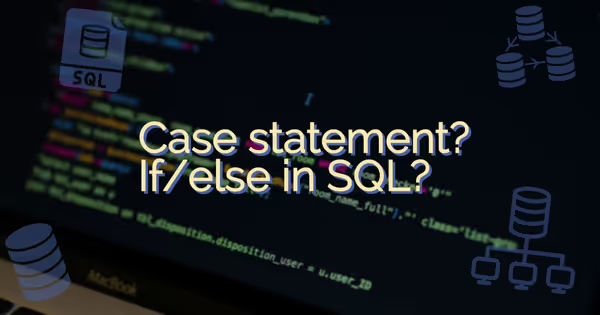What is Swap Space in Linux and Should You Use It?

Swap space is a feature of Linux that allows the system to use some disk space as additional memory when the physical memory (RAM) is full.
Swap space can be either a dedicated partition on the hard disk or a special file on the filesystem. In this blog post, we will explain what swap space is, how it works, and whether you should use it or not.
How Swap Space Works
When Linux runs out of RAM, it needs to free up some memory for the active processes. One way to do this is to move some inactive pages of memory to the swap space.
A page is a fixed-size unit of memory allocation, typically 4 KB in size. The kernel manages the mapping between the physical pages in RAM and the virtual pages in swap space.
The process of moving pages from RAM to swap space is called swapping or paging out. The opposite process of moving pages from swap space back to RAM is called paging in.
Swapping can improve the performance of the system by allowing more processes to run concurrently, but it also has some drawbacks.
The main drawback of swapping is that it slows down the system. Accessing data from disk is much slower than accessing data from RAM. Therefore, when a process needs a page that has been swapped out, it has to wait for it to be paged in. This causes delays and reduces responsiveness.
Another drawback of swapping is that it wears out the disk. Writing and reading data from disk frequently can shorten its lifespan and increase the risk of failure. Therefore, swapping should be used as a last resort when there is no other way to free up memory.
How Much Swap Space Do You Need?
There is no definitive answer to how much swap space you need for your Linux system. It depends on various factors such as:
- The amount of RAM you have
- The type of applications you run
- The level of performance you expect
- The amount of disk space you have
Generally speaking, more RAM means less need for swap space. However, some applications may require more swap space than others, especially if they use large amounts of memory or handle complex data structures.
Some common rules of thumb for determining how much swap space you need are:
- If your RAM is less than 2 GB, use twice as much swap space as your RAM
- If your RAM is between 2 GB and 8 GB, use equal amount of swap space as your RAM
- If your RAM is more than 8 GB, use half as much swap space as your RAM
These rules are not absolute and may vary depending on your specific needs and preferences. You can monitor your swap usage with commands such as free, top, or swapon and adjust your swap size accordingly.
How to Create Swap Space
There are two ways to create swap space in Linux: using a swap partition or using a swap file.
A swap partition is an independent section of the hard disk that is reserved exclusively for swapping. No other files can reside there.
To create a swap partition, you need to use a tool such as fdisk or gparted to allocate some unpartitioned disk space and format it with the mkswap command. Then you need to edit /etc/fstab fileto add an entry for your new swap partition so that it can be mounted automatically at boot time.
A swap file is a regular file on the filesystem that can be used for swapping. It can reside among your other files and directories.
To create a swap file, you need to use commands such as dd or fallocate to allocate some disk space and fill it with zeros.
Then you need to format it with mkswap commandand enable it with swapon command. You can also edit /etc/fstab file.to add an entry for your new swap file so that it can be enabled automatically at boot time.
Should You Use Swap Space?
Swap space can be useful for Linux systems when there is not enough physical memory available for all processes.
However, having too much swap space can also be counterproductive as it may reduce the amount of free disk space available for other purposes.
Therefore, there is no definitive answer to whether you should use swap space or not. You should evaluate your own situation and decide what works best for you.




